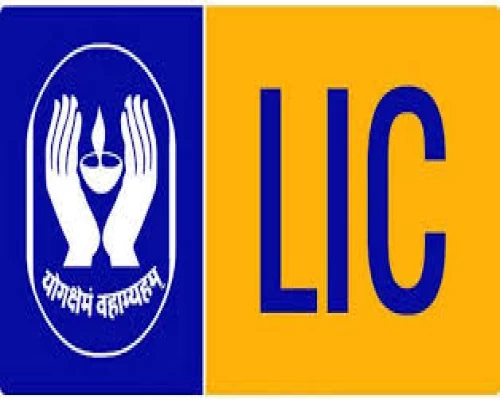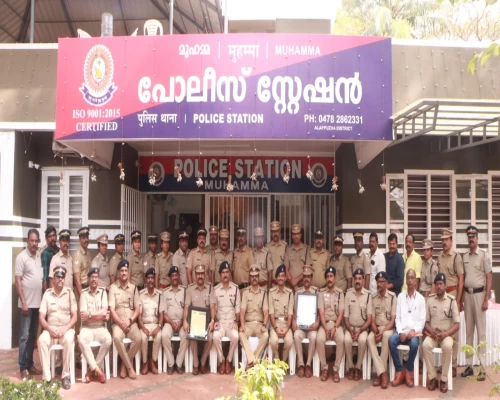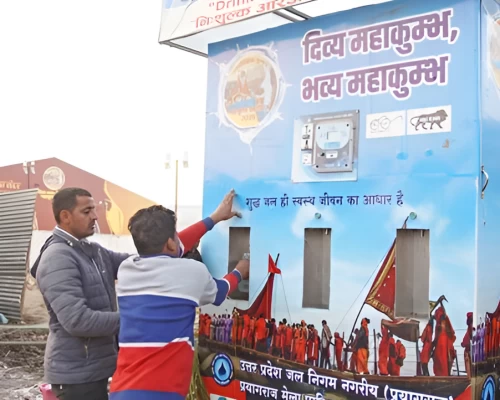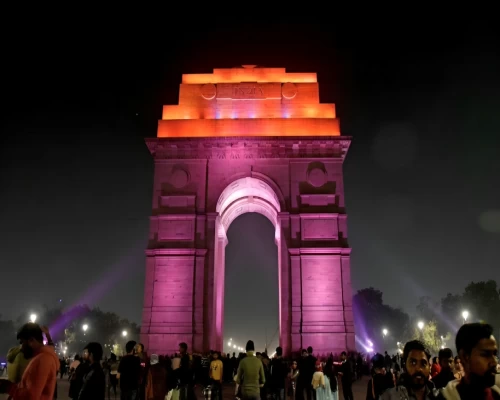
New Delhi: ‘Don’t burn stubble’ is a good campaign but perhaps not enough to deal effectively with the challenge of burning crop residue. “There is a need to think out-of-the-box to handle the problem of crop residue management (CRM) in a sustainable manner. We need to take labs to fields to stop stubble burning,” said Jitendra Jorwal, IAS, Deputy Commissioner, Sangrur.
He was speaking at a webinar on ‘Preserving Soil and Water Health in Punjab for Sustainable Agriculture’ organised recently by Bureaucrats India, an independent initiative designed to bring out into the public domain stories of good governance by bureaucrats across India. Proceedings of the webinar were conducted by Navneet Anand, Editor-In-Chief, Bureaucrats India.
“Just asking farmers not to burn stubble won’t help. Farmers ultimately seek their profits. So we need to convince them about sustainable agriculture practices like no-stubble burn and regenerative agri practices,” said Jorwal, raising the issue of managing and availability of happy seeders and super seeders and labour force so that they can be used appropriately for removing stubble. His ‘Amrit Van’ project in Sangrur has become a big hit with the people of many villages.
“We should go for regional cropping systems, crop diversification and ensure credit availability to farmers. Low cost technology, extensive training and extensive awareness campaigns can help farmers shift to sustainable agriculture practices,” he added. He said that good infrastructure and public-private partnership models can help farmers with marketing and connectivity as well.
Talking about Punjab’s agricultural situation, Jorwal said that the state has 85 per cent of its land under agriculture and also the usage of water is maximum in the state. One kg of rice requires approximately 3000 litres of water and one kg of wheat needs approximately 1350 litres of water. We are stuck in this wheat and rice cropping pattern, he added.
The DC felt that at one period of time it was our need to become a wheat and rice bowl to serve the starving population of the country but the situation is different now. He added that there might be some problems with effective policy making with respect to other crops but now it should be revised. The Government of Punjab is also taking it into account and has started giving MSPs on various pulses as well, he said.
He said that model farms have also been set up in the villages in which villagers have voluntarily donated to grow crops like mustard. For this, we also had a seminar with farmers in which experts from Rajasthan and Madhya Pradesh were invited. Suggesting a few tips for improving the quality of agricultural practices in the state, DC said, adding that we should have proper storage facilities for perishable crops like fruits and vegetables.
Talking about the ‘Amrit Van’ project which is being run in Sangrur district under his guidance, Jorwal said: “On my visit to one of the schools in the district, I asked a Class of 60-65 students whether they had seen a forest or not. Majority of them replied that they all have read about forests but have never seen them. From there the idea boomed that why not we have ‘jungles’ in villages,” he said.
Initially started by using abandoned Panchayat lands, the project is now being supported by many private enterprises as well. “The campaign is not just about planting saplings. It is about afforestation,” he said, adding that villagers are drawing many economic benefits from these ‘jungles’ by growing amlas, oranges and around 76 traditional varieties as well as from other activities. So far, 300 acres have been covered under the project, which targets to cover 600 acres soon.












